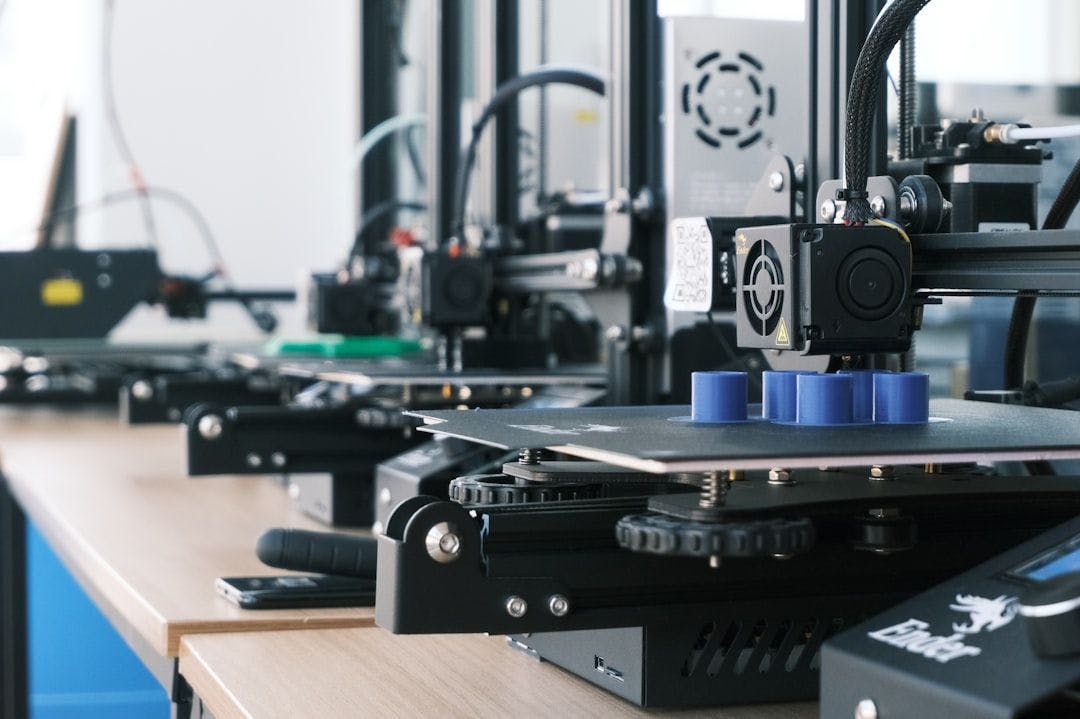from IndustryStandard@lemmy.world to technology@lemmy.world on 06 Jun 21:01
https://lemmy.world/post/16254799
3D printing’s primary role in supply chains revolves around manufacturing. Many manufacturers use it for small-batch or custom orders because of its fast turnaround time. Its popularity in warehousing and distribution is rising, too, since it’s a relatively versatile technology. Logistics companies use it to bridge the gap between the digital and physical worlds.
While many people associate 3D printing products and services with do-it-yourself projects and fun, worthless trinkets, it’s not just for consumers. In the logistics sector, its penetration rate is high — which isn’t surprising, given its global market value is set to reach $35.6 billion in 2024, achieving a compound annual growth rate of 22.5% from 2020 to 2024.
Since this technology can accelerate typical production and backend processes, it has become a large part of logistics. Already, 74% of supply chain companies report spending $5-$10 million on additive manufacturing technology, and another 18% spend up to $50 million. As its penetration rate increases and investments grow, decision-makers will uncover new use cases.
Manufacturers use 3D printing to shift from mass production to on-demand. For example, medical equipment manufacturers use it to craft tailor-made prosthetics. Some facilities have established local hubs where they produce, assemble, and ship products from decentralized centers instead of relying on distributors to distribute from one central location.

threaded - newest
Note that they’re talking here primarily about $10000-and-up printers that use technologies like laser sintering, not the plastic filament types that you can buy for a few hundred and set up in your garage. Sintering printers can print metal and ceramic as well as plastic, and can produce better-quality parts.